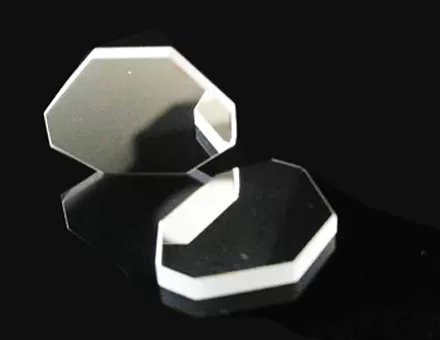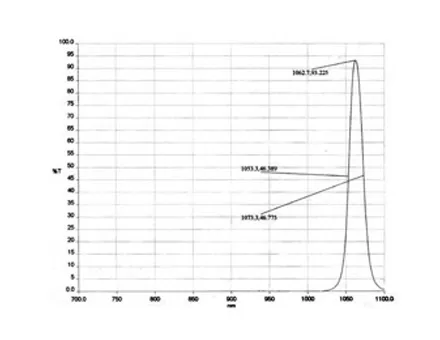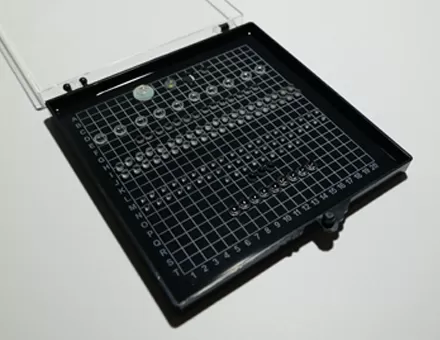Basic properties of optical wedges
Optical wedges, a type of prism with an extremely small refraction Angle α, play diverse roles in optical instruments. Due to its extremely small refraction Angle, the optical wedge can be approximately regarded as a parallel plate, thereby simplifying the analysis of optical properties. When applied to the refractive prism formula, due to the special design of the optical wedges, the calculation process can be significantly simplified, thereby improving the utilization efficiency and accuracy of optical instruments .
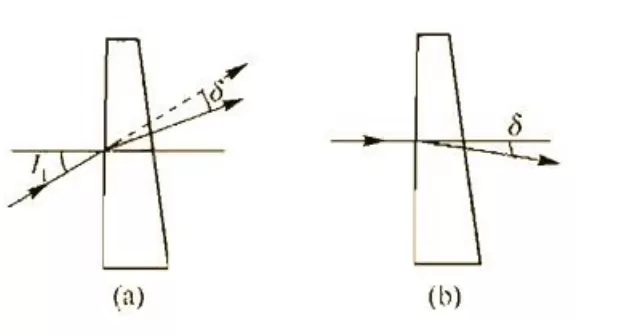
The function of the refracted light wedge
In optical instruments, the refracting light wedge is an important component. The incident Angle of light can be precisely controlled by reasonably adjusting the shape and material of the refracting light wedge, thereby enhancing the overall performance of optical instruments. When light enters the refracting light wedge, a specific incident Angle I is formed.This incident Angle is crucial for calculating the refraction path and Angle of light, and it is also one of the key factors for optimizing the performance of optical instruments. Reasonable design and adjustment of the shape and material of the refracting light wedge can achieve precise control of the incident Angle of the light.
Application of Double optical wedges
Double optical wedges can achieve multiple functions in optical instruments through different configurations. The dual optical wedges can adjust the deflection Angle through specific configuration combinations, thereby achieving the measurement of minute angular errors.
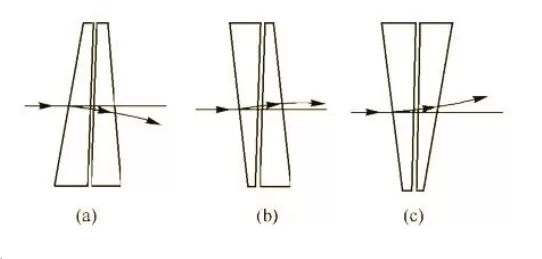

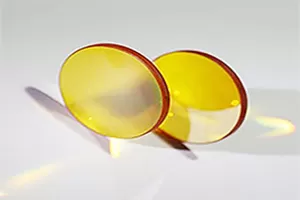
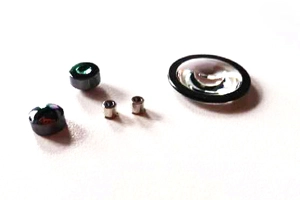



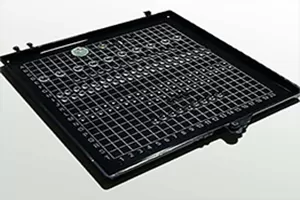

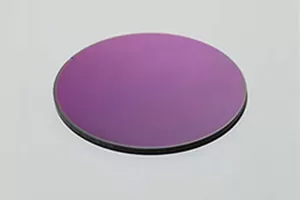

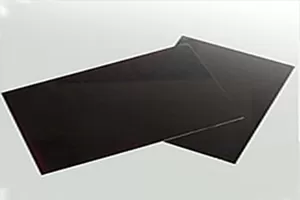
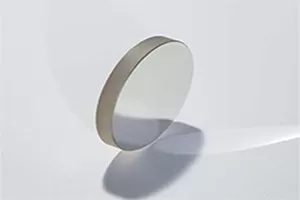

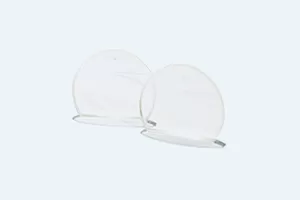
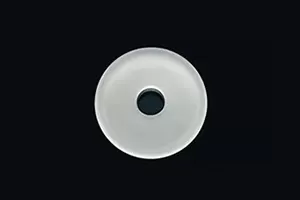
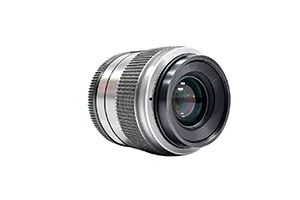
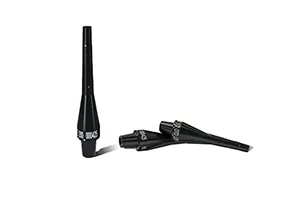
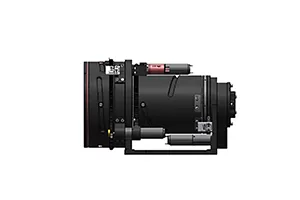
 EN
EN


